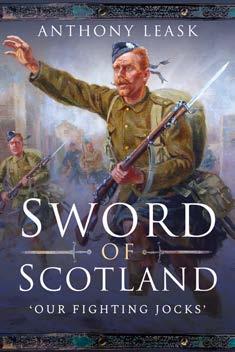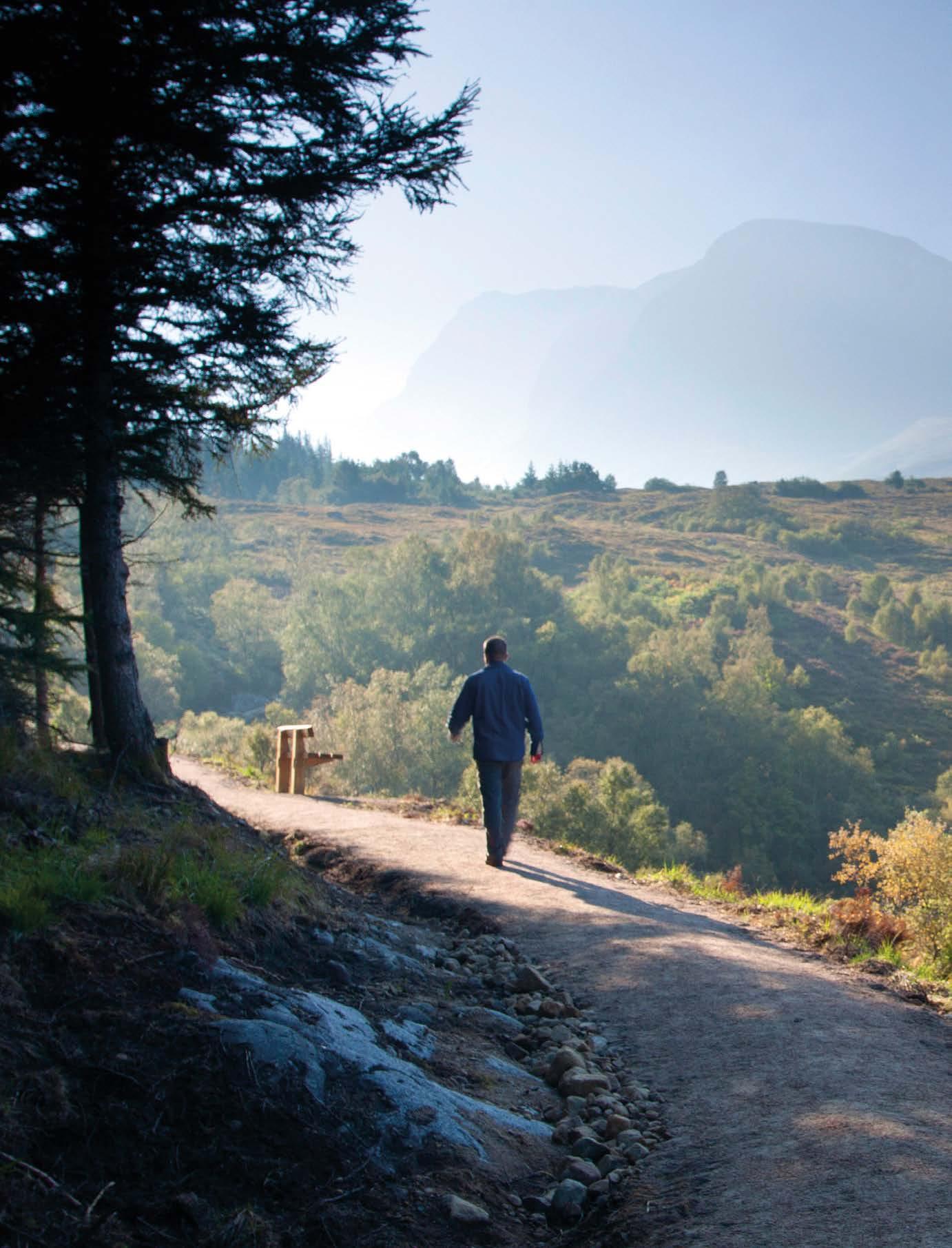
5 minute read
The curse of the Douglas family
THIS IMAGE:
‘James Douglas, 2nd Duke of Queensberry, 1662-1711. Statesman’, artist unknown, date unknown
RIGHT:
Queensberry House forms part of the Scottish Parliament buildings

Terrible events have plagued the Douglas family since the 17th century, so much so that some say it is the work of dark forces
Words by GILLY PICKUP

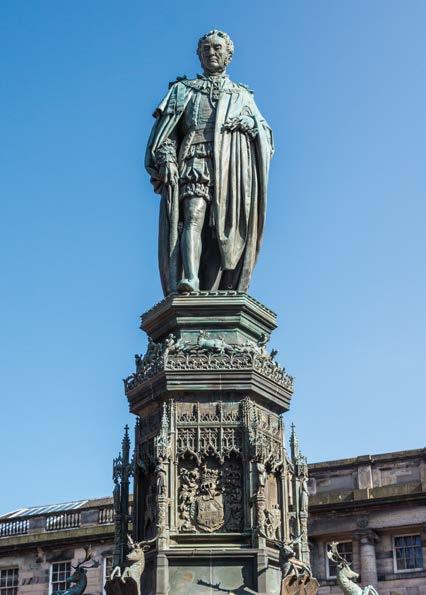

Records say that William Douglas, the first Duke of Queensberry, bought Queensberry House on Edinburgh’s Canongate in or around 1689 and THIS PAGE, CLOCKWISE, FROM TOP LEFT: James Douglas died there in 1695. presents the Act of At the exact moment of his death, sailors on a ship off Union, 1707; statue of Walter Francis Sicily reported seeing a coach and six horses galloping up Montagu Douglas to the crater of Mount Etna, which was discharging boiling Scott (1806-1884), volcanic ash as if exiting the mouth of Hell. The devil’s voice was heard to boom: “Make way for the Duke of the 5th Duke of Buccleuch and the 7th Duke of Drumlanrig!” (One of Queensberry’s subsidiary titles). It Queensbury, in was said that the coach then simply vanished. Curse or Edinburgh; legend? Whichever it was, misfortune has dogged the Charles Douglas’s coat of arms family ever since. Just 12 years later, James Douglas, the nine-year-old son of the 2nd Duke of Queensberry, is said to have cooked a servant boy on a spit in the kitchens of Edinburgh’s Queensberry House. The boy, who murdered and cooked the servant, was mentally ill. He was kept under guarded lock and key in the house, hidden from view. No-one was allowed to speak of his existence. It is said that the night in 1707 when the horrific event took place was the very night that Scotland and England became one, joined together as the United Kingdom of Great Britain. As Lord High Commissioner and one of those who negotiated the Treaty of Union, the boy’s father, also called James, was largely responsible in abolishing the Scottish Parliament, which was originally established in 1235. This ended Scotland’s days as an independent nation. It was well known that Scotland, or North Britain as it was known in this period, would not adapt easily to this new relationship with England. It meant that the English Parliament became the British Parliament with marginal readjustment to accommodate Scottish interests. And so, on the night the Treaty was ratified, Edinburgh was in turmoil. There were riots in the city, though it has to be said that there were the odd few who saw the occasion as an excuse for a party. It was decided that to ensure the Duke’s safety, he should stay away from Queensberry House that evening. Most of the staff were also out of the house protecting the James Douglas is said to have Duke, as was the servant normally tasked with looking after James, the boy Earl. cooked a servant on a spit in the The story goes that with the house almost deserted, James, attracted kitchens of Queensberry House by the smell of cooking coming from downstairs managed to get out of his room. He made his way to the kitchen where he saw the young
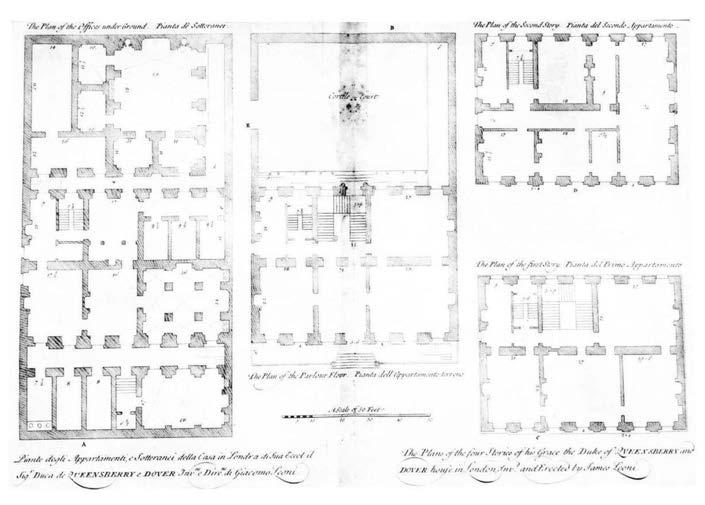
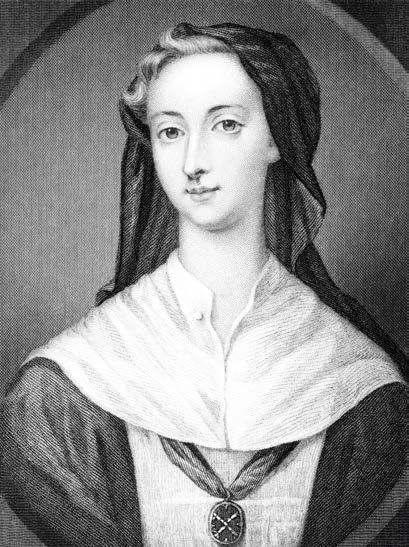

servant busy with his chores. The young Earl was enormously strong and decided there and then to cook and eat the kitchen boy. When the Duke returned home, he was horrified by the sight that met him Lady Catherine had been – a cooked, half-eaten servant and his slavering mad son. He wasn’t going to put up with that sort of behaviour and although he ordered frequently restrained in a strait his son to be killed immediately, for some reason this did not happen. jacket and she hated the Scots
All that is known about the boy Earl after that is that somehow, he was spirited away to England and died some years later. Although the Duke tried to keep the story hushed up, the tale spread like wildfire. The Scots who were set against the Treaty said the crime was a judgement on the Duke for favouring the Union. A curse, no less.
The house is now part of the Scottish Parliament buildings and the oven is still in the Allowances Office. Perhaps not surprisingly, it is said that the servant boy’s ghost haunts the building.
Due to his mental state, the Earl could not succeed to the Dukedom when his father died and it passed to his younger brother Charles, who became 3rd Duke of Queensberry.
More tragedy ensued, touching Charles and his family too. In 1720, Charles married his second cousin, Lady Catherine ‘Kitty’ Hyde, who was eccentric to the point of madness. Prior to her marriage she had been frequently restrained in a strait jacket. Worse still, she hated Scotland and the Scots.
The couple had a son called Henry, who while on a journey to London in 1754, galloped in front of a coach containing his mother, pulled out a pistol and shot himself. A year after that, more misfortune befell the family when Henry’s brother, Charles, who had narrowly escaped death in an earthquake in Lisbon, also died.
In 1858 the 8th Marquess, Lord Lieutenant for Dumfriesshire, shot himself dead with his own gun while out hunting. Just a few years later his second son, Lord Francis, was killed while climbing the Matterhorn and in 1891 his third son, Lord James Edward Douglas, died by suicide. There were more heinous events, many more. Most recently, in 2009, 34-year-old Lord Milo Douglas, third son of the 12th and present Marquess of THIS PAGE, Queensberry, also died by suicide. CLOCKWISE, FROM TOP LEFT: Queensberry For one family to have endured so much seems unthinkable, which is perhaps why it is said that the ghost House plans; of the half-eaten servant boy still appears occasionally and Catherine Douglas, will continue to do so until the Queensberry family curse Duchess of Queensberry; Queensberry finally comes to an end. Presumably though, this idea of a curse has brought little comfort to the grieving family House members through the centuries. S

